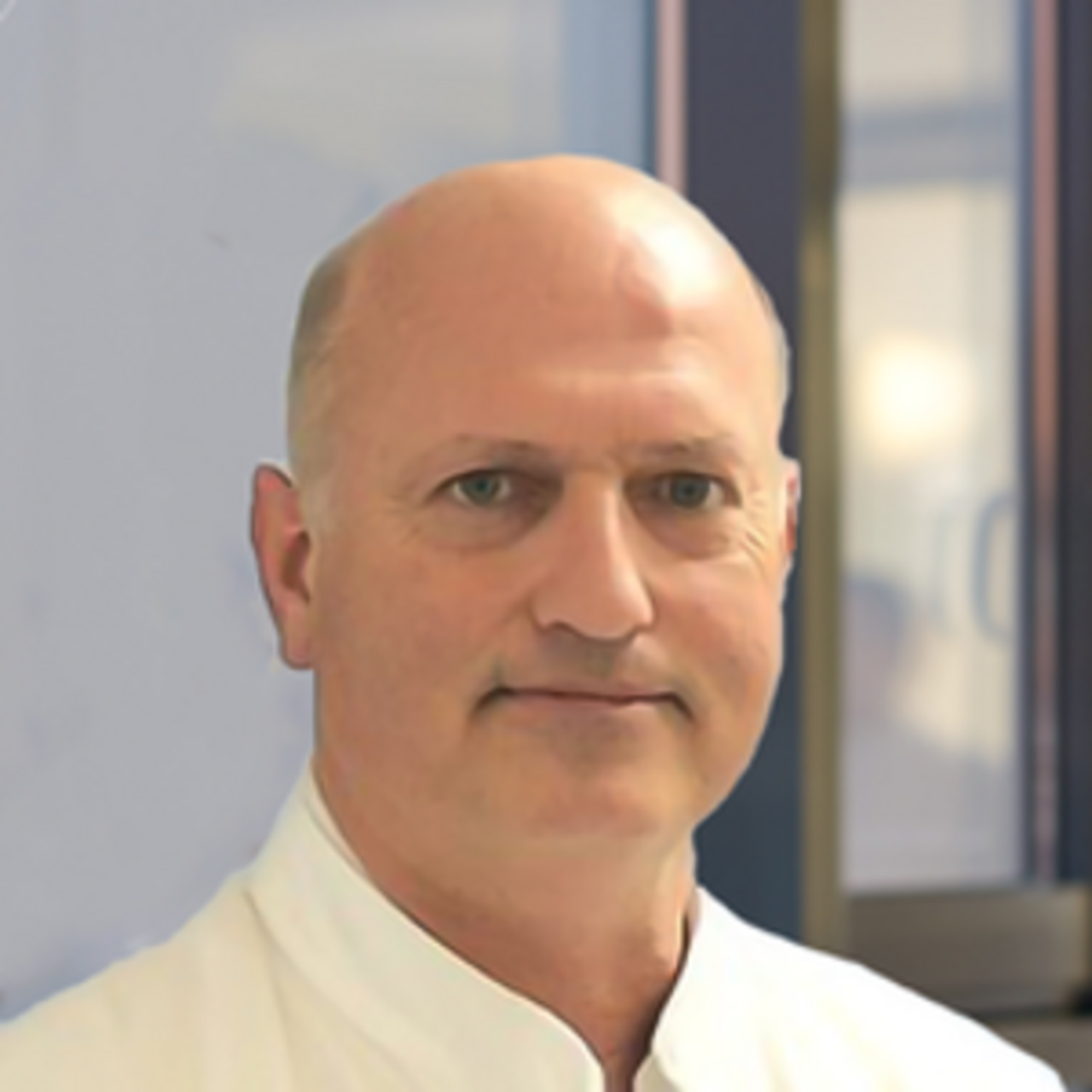Specialists in Gallstones
5 Specialists found
Information About the Field of Gallstones
What are gallstones?
Gallstones are hard deposits that arise from an altered constitution of the bile components. Gallstones are classified according to their components into cholesterol stones (80%) and pigment stones (20%, caused by an elevated bilirubin content). However, there are also mixed forms.
Generally, gallstones by itself do not produce any discomfort, but if a stone is lodged somewhere along the biliary system, it may block bile outflow and lead to cramp-like contractions of the gallbladder as well as inflammation of the bile ducts and the gallbladder. Symptoms of gallstone disease can arise quickly (acute) or develop insidiously (chronic).
Causes and risk factors
Cholesterol stones are essentially formed due to a disequilibrium of cholesterol and bile acids, which in large enough levels actually render the cholesterol soluble in the bile.
Aside from genetic factors, the gender and advancing age play a crucial role in the risk of gallstones. As estrogen changes the bile composition, females are two to three times more likely to develop gallstones than males. This is why pregnancy and estrogen supplementation both increase the likelihood of gallstones.
High-cholesterol, low-fiber diets favor gallstone formation, as does fasting, which prevents the gallbladder from emptying and consequently causes bile to be retained longer. The longer the bile stays in the gallbladder, the more likely it is for substances to precipitate and deposit.
Being overweight is known to significantly contribute to the risk of gallstones (20% overweight doubles the risk). Diabetes mellitus is considered to be a promoting factor for gallstones and likewise, disorders of fat metabolism predispose to gallstones (dyslipidemias).
Pigment gallstones result from excess bilirubin in the bile. Bilirubin is a breakdown product of the red blood pigment hemoglobin. Hence, the more erythrocytes are degraded (hemolysis) the more pigment stones are present. Another reason for pigment stones are bacteria in the bile duct system, which inhibit further degradation of bilirubin, leading to an increased level of bilirubin in the bile.
Gallstones Symptoms
Gallstones do not cause any symptoms by themselves. They only become evident once they obstruct bile flow and cause inflammation.
The most frequent symptoms are biliary colic, unspecific upper abdominal pain and a positive Murphy sign. The Murphy sign can be tested by putting pressure on the right upper abdomen. Now, the patient is asked to inhale and in case they feel pain, Murphy sign is positive.
Biliary colic presents as severe pain that intensifies over minutes and may last up to hours. The pain is often described as undulating and can typically radiate to the back or the right shoulder. Non-specific symptoms of gallstones include nausea, vomiting, and yellowing of the skin (jaundice), as well as bloating and fatty stools.
Diagnosis and treatment of gallstones
Presence of gallstones can be confirmed most quickly and sensitively by ultrasound examination. Prior to this, suspicion of gallstones may be suggested by symptoms and blood tests for liver values.
So-called silent gallstones do not produce any symptoms and are only discovered by coincidence. They do not require treatment.
The pain caused by gallstones, can be relieved by an antispasmodic agent (e.g. butylscopolamine or metamizole). In more severe colic, the painkiller pethidine may also be administered.
Apart from medication, the patients shouldn't eat for at least 24 hours and later on avoid fatty, fried foods in case they can't cope with them.
If a gallstone is lodged in a bile duct, an ERCP (endoscopic retrograde cholangiopancreaticography) can be carried out to remove it. During this procedure, an endoscope is introduced into the small intestine through the mouth and into the lower opening of the bile duct to remove the stone.
In case the symptomatic gallstone is in the gallbladder, removal of the gallbladder, called cholecystectomy, is the most successful way of treatment. This operation has minimal complications and it is very rare for gallstones to reoccur afterwards.
However, if patients do not want surgery or if surgery is not possible, the stone can be dissolved by litholysis with medication or by extracorporeal shock wave lithotripsy ( fragmentation of the stone by shock waves).
Consequences and complications
The obstruction of bile drainage and the stagnation of bile can cause cholecystitis. Eventually, this inflammation can advance to pus formation or tissue death. Stones can also pierce the gallbladder wall (perforation) and cause the inflammatory process to spread into the abdominal cavity.
In the long term, inflammation of the bile ducts (cholangitis) can progress to liver abscesses or scarring of the liver (secondary biliary cirrhosis).
A stone obstructing the outflow into the small intestine can cause bile to back up all the way into the pancreas and lead to inflammation (acute pancreatitis).
Which doctors and clinics specialize in gallstones?
Gastroenterologists and visceral surgeons specialize in the diagnosis and treatment of gallstones.
Let us help you find an expert for your condition. All doctors and clinics listed have been evaluated by us for their outstanding specialization in gallstones and are looking forward to your inquiry or wish for treatment.




